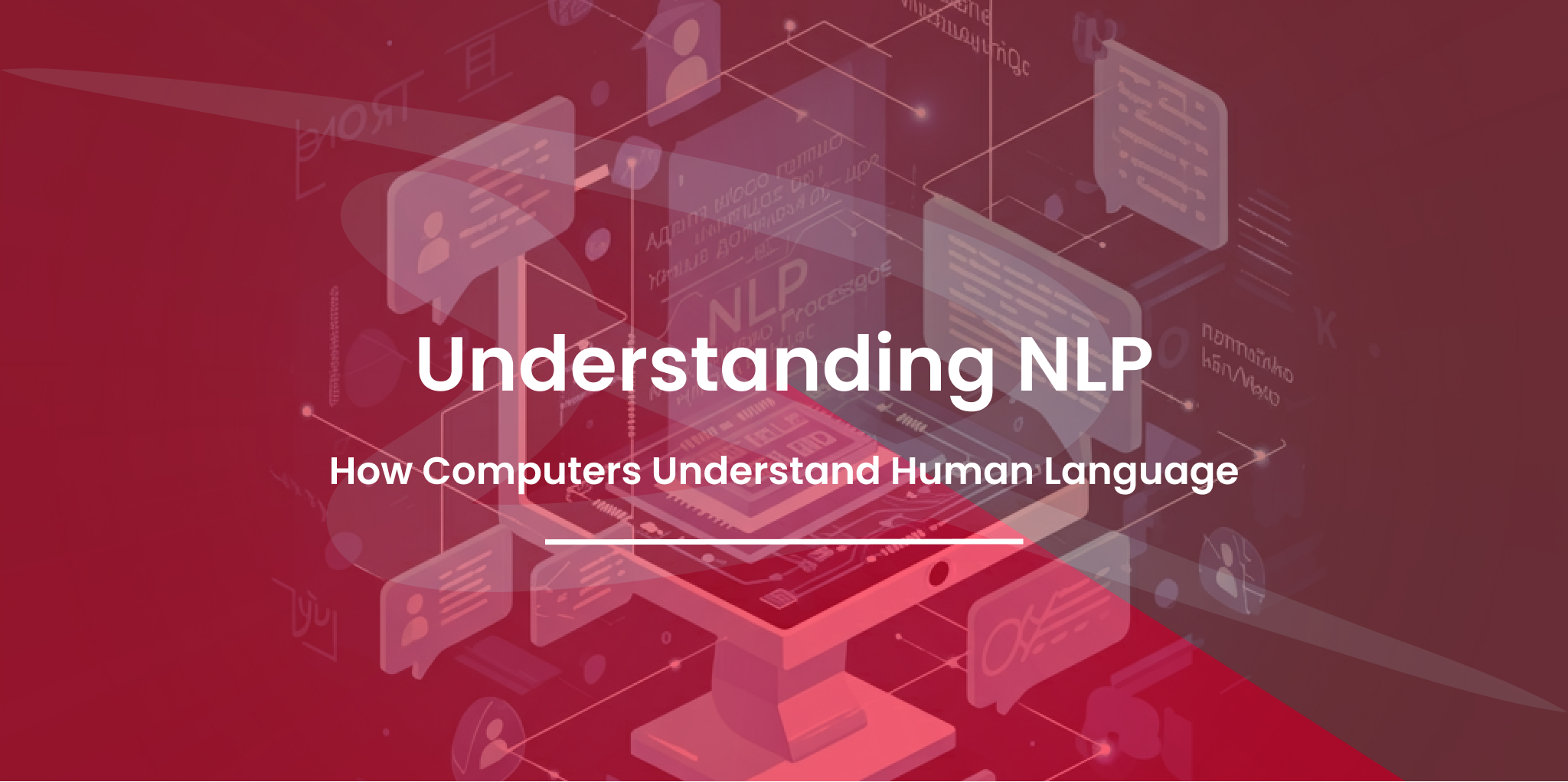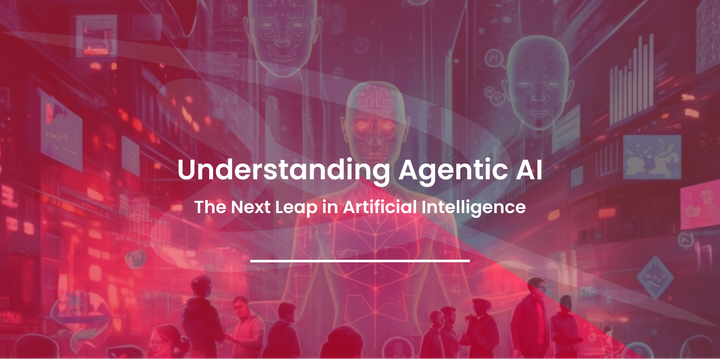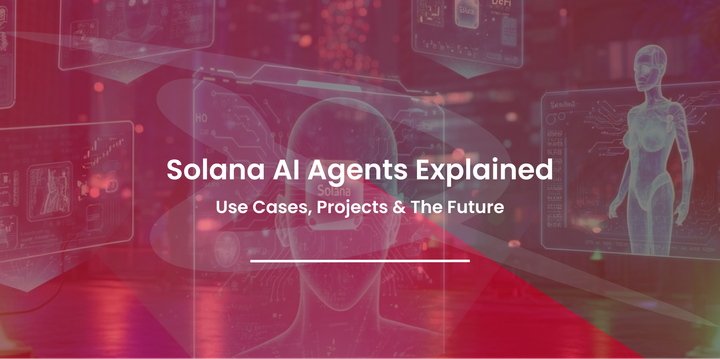Understanding NLP: How Computers Understand Human Language
Learn how NLP enables machines to understand language. Explore its basics, core techniques, real-world applications, and future trends in AI.

Ever wondered how virtual assistants like Siri, Alexa, and Google Assistant understand and respond to your questions? Or how an app generates human-like summaries of complex content in seconds? The technology behind these wonders is Natural Language Processing (NLP)—a fascinating field that bridges the gap between computers and human communication.
This guide explains how NLP works, explores its applications in various industries, and provides valuable insights into its challenges and future. Whether you’re a data scientist, an AI learner, or a machine learning student, this comprehensive guide will sharpen your understanding of NLP.
What Is Natural Language Processing (NLP)?
Definition & History of NLP
At its core, NLP enables machines to understand, interpret, and generate human language. It combines computational linguistics (rules and structures of language) with machine learning and deep learning.
The history of NLP traces back to the 1950s, with the development of early rule-based systems like machine translation. Over the decades, advancements in AI culminated in modern NLP capabilities powered by machine learning, deep learning, and transformer-based models.
Why Is NLP Important in Modern Technology?
The significance of NLP lies in its ability to make human-computer interaction effortless. NLP powers text and speech recognition, fuel search engines, aids accessibility for people with disabilities, and facilitates multitasking like never before.
Bridging the Human-Computer Communication Gap
Language is filled with complexities such as dialects, slang, emotions, and cultural nuances. NLP helps computers decode these challenges to make meaningful interactions possible.
The Basics of Natural Language Processing
Understanding how language works in machines requires learning about fundamental techniques.
Tokenization, Stemming, and Lemmatization
- Tokenization splits text into smaller units like words or sentences.
- Stemming truncates words to their root form (e.g., “running” becomes “run”).
- Lemmatization refines stemming by reducing words to their meaningful base (e.g., “better” becomes “good”).
Syntax and Semantic Analysis
- Syntax Analysis (Parsing): Understanding grammatical structure.
- Semantic Analysis: Extracting meaning from text.
Key Components of NLP
- Speech Recognition – Converts spoken words into text.
- Natural Language Understanding (NLU) – Interprets meaning and context.
- Natural Language Generation (NLG) – Generates human-language responses.
Core Techniques and Algorithms in NLP
Modern NLP relies on a mix of preprocessing, word embeddings, machine learning, and deep learning techniques.
Text Preprocessing Techniques
To prepare raw data for NLP models, text preprocessing is essential:
- Stop Word Removal excludes common and unimportant words like "the" or "is."
- Text Normalization converts text to lowercase and removes extra punctuation or symbols.
- Vectorization converts textual data into numerical representations, such as using TF-IDF or Bag-of-Words models.
Word Embeddings
Word embeddings like Word2Vec and GloVe revolutionized NLP by capturing semantic relationships between words. For instance, the word vectors for "king," "queen," and "royal" are contextually similar in these embeddings.
Machine Learning in NLP
Supervised vs. Unsupervised Learning
- Supervised Learning is used for tasks like text classification.
- Unsupervised Learning is ideal for clustering and topic modeling.
Classification Algorithms
- Naive Bayes, SVM, and Decision Trees are effective for sentiment analysis or spam detection tasks.
Deep Learning and Neural Networks in NLP
Deep learning has unlocked advanced NLP capabilities, including sequential and hierarchical structures in text.
Techniques:
- Recurrent Neural Networks (RNNs): Ideal for sequence data, but limited by vanishing gradients.
- Long Short-Term Memory (LSTM): Overcomes RNN limitations by retaining long-term dependencies in data.
Transformers and Attention Mechanisms
Cutting-edge approaches like BERT, GPT, and T5 have redefined contextual word understanding using attention mechanisms. They are the backbone of language models we use today.
Applications of NLP in the Real World
1. Chatbots and Virtual Assistants
Siri, Alexa, and Google Assistant rely on NLP to comprehend and respond naturally.
2. Sentiment Analysis
E-commerce and social media platforms analyze customer feedback using sentiment analysis tools like MonkeyLearn.
3. Language Translation and Localization
Google Translate and Microsoft Translator employ NLP to break language barriers.
4. Text Summarization and Content Generation
AI-powered tools generate summaries and even articles, enhancing productivity in journalism, education, and research.
5. Speech Recognition and Voice Search
Virtual assistants thrive on NLP's ability to interpret voice commands.
Challenges in NLP
Despite its revolutionary capabilities, NLP faces significant challenges:
Ambiguity and Context Understanding
Words with multiple meanings (polysemy) or specific cultural contexts remain tricky to process effectively.
Sarcasm and Sentiment Detection
Nuances like sarcasm and subtle sentiment changes are challenging for NLP.
Bias in NLP Models
Pretrained language models often reflect biases present in training data, posing ethical issues.
Multilingual NLP
Processing diverse languages, dialects, and scripts adds another layer of complexity.
Popular NLP Libraries and Tools
For those building NLP systems, these tools and frameworks are indispensable:
- NLTK & spaCy for Python NLP
- Hugging Face Transformers for pretrained BERT and GPT models
- TensorFlow & PyTorch for deep learning-based NLP architectures
- Cloud NLP APIs like Google Cloud NLP and IBM Watson NLP
Future of NLP
The future of NLP promises exciting advancements and challenges:
Advancements in Transformer Models
Large-scale language models like GPT-4 will further enhance machines' conversational capabilities.
Conversational AI and Emotional Intelligence
Next-gen AI will be emotionally intelligent, enabling deeper, more human interactions.
NLP in Healthcare and Finance
Applications in diagnosing diseases, detecting fraud, and personalized customer services are rapidly growing.
Ethical Considerations
Ensuring responsible use of NLP to avoid misuse, biases, and privacy violations is paramount.
FAQs About NLP
What is NLP?
NLP is the field that enables machines to understand and generate human language.
What are the latest trends in NLP?
Transformer models like BERT and GPT are driving the most impactful advancements.
How does sentiment analysis work?
By analyzing word patterns, sentiment analysis identifies tone, opinions, and emotions within text.
Take the Next Step
Natural Language Processing is reshaping industries and driving innovation. If you're as fascinated by machines understanding human language as we are, now is the time to deep-dive into NLP. Explore tools and libraries like Hugging Face or try building your first sentiment analysis model!




Comments ()